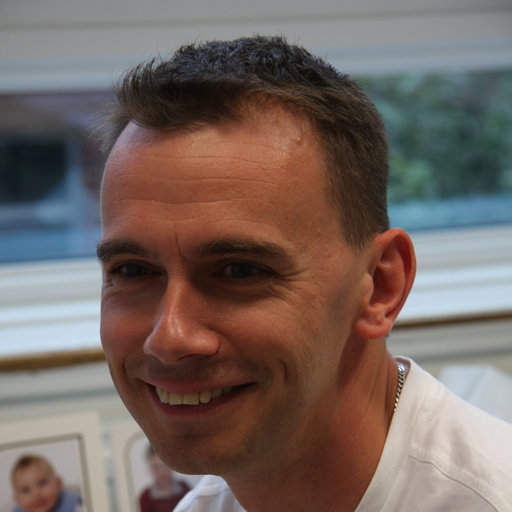
A researcher at the University of Cambridge has had two papers subjected to expressions of concern by the editors of PLOS ONE for image problems.
The expressions of concern for “The Coordination of Cell Growth during Fission Yeast Mating Requires Ras1-GTP Hydrolysis” and “The Role of the RACK1 Ortholog Cpc2p in Modulating Pheromone-Induced Cell Cycle Arrest in Fission Yeast” are extensive. They both refer to multiple “discontinuities,” “similarities,” and other issues.
The common author on the two papers is Graham Ladds, who told Retraction Watch that no other papers would be affected. He said that
as a PI I take full responsibility for the work published from my research group. In these two examples we made some exceptionally silly mistakes in the way we put together the final figures.
He added:

…I am exceptionally ashamed of the fact that we had data in them that was incorrect.
Ladds provided some details about what happened:
The work was conducted for each study between 2010-2012. We then tried to publish the results in multiple journals. Each required different format styles and layouts. This is where we made our errors. Unfortunately when using PowerPoint and illustrator to ensure the figures were all the same size, we would use “placeholder images” – usually the first image in the set as it was the correct size etc. We regrettably and stupidly left some of these in place for the final version of the papers. Furthermore in the Ras paper we forgot to bring the “white lines” to split the cells appear “to the front” in figure 8 (as we had already performed in figure 9). I cannot express to you how ridiculous such errors are and how ashamed we are of the mistakes.
When the final papers were published in 2013 we were contacted in 2014 about some issues for both articles. We responded immediately but heard nothing from the journal until July 2019 when they requested further clarifications and raw figures. We respond with all the information we then had – since all the authors have moved institutes etc we no longer had ALL of the raw figures. They had been saved on servers at my former institute. We provided all the information we had (which I can also send to you if you require). Some of this can be found in the PhD thesis of one of the authors. It was during this review that I realised the mistake we had made and I have felt awful about it since.
I take scientific integrity very seriously and I always will. Here we made some fundamental mistakes in our process of generating our final figures. Luckily we were able to provide new modified figures for the two articles in question. The journal reported them as expressions of concern because in each case we were unable to provide ALL the raw figures, a decision I fully supported. I have worked very hard with the journal to resolve all the matters.
Following the original concerns raised in 2014 we reviewed the way we produced figures for publications and no longer use the placeholder approach. Again, I cannot stress how upset I have been about these errors. The two papers were produced during a very difficult phase of my life – for which it appears I will never fully escape.
Ladds said that the five-year delay in resolving the issue — for which PLOS ONE editors apologized in one expression of concern — made the situation more challenging:
We made mistakes in how we generated the figures, if we had received some comments back from the editors in 2014 we would have been able to have provided all the raw data etc. and this matter would have been resolved much earlier. We have provided yeast strains from both these studies to other researchers and had no complaints. I fully stand by the results we have produced and the validity of our conclusions.
PLOS ONE has acknowledged that it has taken years to get through a backlog of issues raised by readers, in particular by Elisabeth Bik in 2014 and 2015. (Bik told us that these two papers were not among those she flagged.) This year alone, the journal has retracted 96 papers.
Ladds noted that his lab tries to stay on top of potential errors, pointing out that they submitted a correction to a 2016 paper published in the Journal of Biological Chemistry (JBC).
In this case we contacted the journal since the published version had a formatting error (generated by the publishing house not us) which included a “1” in all the data sets in a table. We contacted JBC to request this to be resolved which they subsequently did.
Like Retraction Watch? You can make a tax-deductible contribution to support our work, follow us on Twitter, like us on Facebook, add us to your RSS reader, or subscribe to our daily digest. If you find a retraction that’s not in our database, you can let us know here. For comments or feedback, email us at [email protected].
Great example of how we as scientists have to do so much work to get our research into just the right format in order to publish it! Maybe we should all add mandatory production/publishing courses to our studies so we can be sure we’re 100% on top of the in-depth image creation needed by journals.
Maybe journals could have less onerous requirements so that thousands of people don’t have to waste their time following ridiculous and frequently outdated (I was given instructions, this year, on how to fax back my corrected proofs) procedures.
It’s refreshing to see a researcher openly and transparently take full responsibility for mix ups like this. The difference between errors like these and deliberate falsification is not sufficiently highlighted. Retraction Watch should provide a 1-10 malfeasance rating. This seems like a 2.
or three times unlucky.